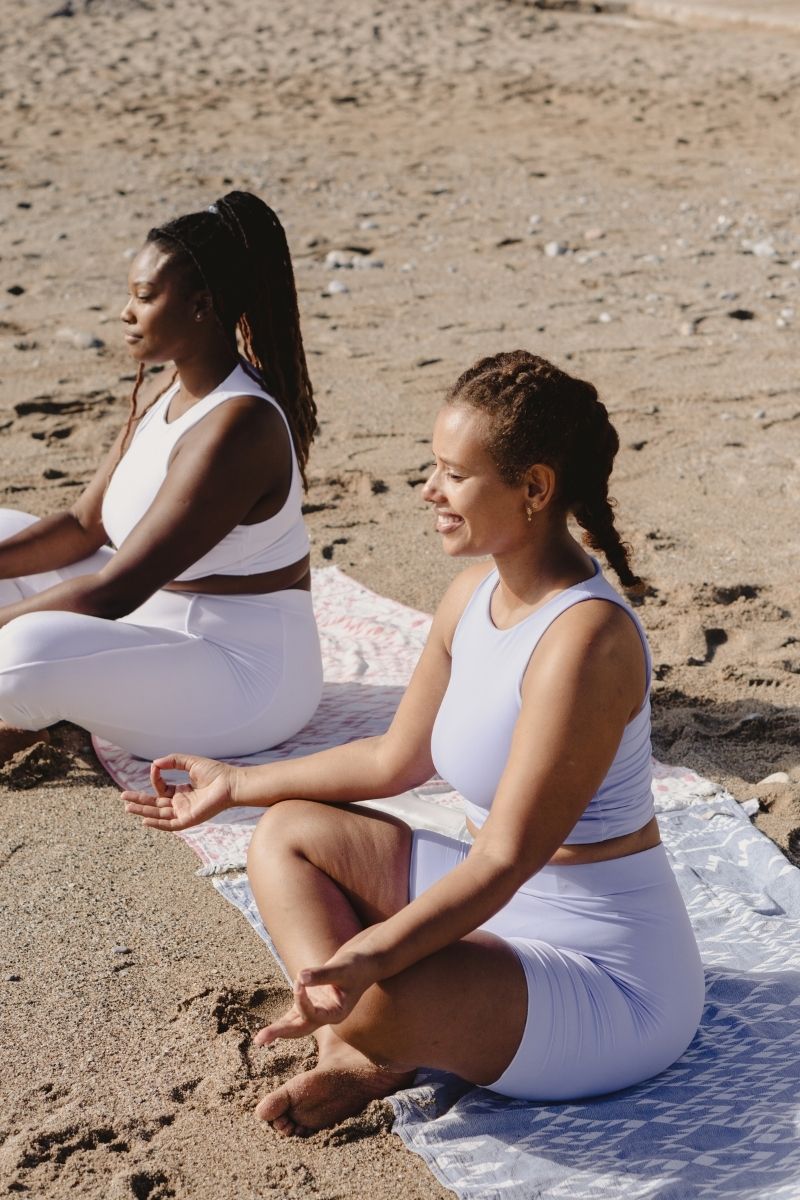If you’re an avid practitioner of yoga, then you know about the benefits of yoga and how amazing your body feels after a session. After all, the purpose of yoga is to fuse together the awareness of the body and the mind and form a connection between the two.
This is especially true for those who may suffer from conditions like diastasis recti. Let’s jump right in and learn more about how to heal our bodies and get those abdominals back both safely and in a way that benefits our overall health.
About Diastasis Recti
Otherwise known as “abdominal separation”, diastasis recti is a physical condition that is most commonly found in women who are pregnant or postpartum, though it can impact men as well.
Diastasis recti happens when the rectus abdominis muscles (also known as six-pack ab muscles!) split during pregnancy because they are being stretched. Pregnancy changes a woman’s body in many ways, and though our bodies need time to heal after giving birth, it can be frustrating when we are unable to jump back in and resume our pre-pregnancy workout routines right away.
Diastasis recti is not restricted to pregnancy. It can also occur from having improper form while lifting heavy weights or performing abdominal exercises that are considered higher-risk.
No matter what the cause, it’s important to listen to your body when it’s saying, “Hey! This isn’t safe,” or “This is uncomfortable, we need to do something that will help heal and bring comfort.” It’s important to not only do exercises safely, but to ensure that you feel confident and safe in performing them.
My Approach to Treating Diastasis Recti
As a Doctor of Physical Therapy, Registered Yoga Instructor, and Integrative Nutrition Health Coach, my approach to treating diastasis recti is having that connection with our bodies and to focus on your breathing. This yoga practice for diastasis recti has gentle, easy-to-do poses that won’t be hard on your tender abdomen.
As with any yoga routine or other exercises, it’s very important to listen to your body throughout this practice. The best way to get the most out of it is to use proper breathing techniques and ensure you have proper alignment. Relax and allow your body to breathe and expel any tension and physical pain.
More Ways to Show Your Pelvic Core Some Love
Strong and healthy muscles developed by a beneficial diet and exercise routine are key to maintaining a healthy, active lifestyle. After all, our bodies take care of us; in return, it’s our duty to take care of them.
People often concentrate on strengthening the muscles in their legs, arms, and abdominals, because those are the muscles that we can see. But what about the ones we can’t? I’m talking about our pelvic floor muscles. Their job is to support our reproductive organs, bladder, small bowel, and rectum. We strengthen our core through exercises, so it is imperative that we extend the same attention to our pelvic floor muscles.
Be gentle with yourself while exercising. When you strain, push and bear down, it is not beneficial to what you are trying to accomplish. If anything, it makes things harder on your body and you end up with more pain than you had before. And don’t forget those proper breathing techniques we talked about. I cannot stress this enough: breathing that is slow, gentle, and even is essential to helping build a strong pelvic core!
Ready to Get Started With Yoga for Diastasis Recti?
Sign up today for my Rewire Pelvic Floor Playbook to get rid of back, hip, or foot pain for good. I can’t wait to join you there.






